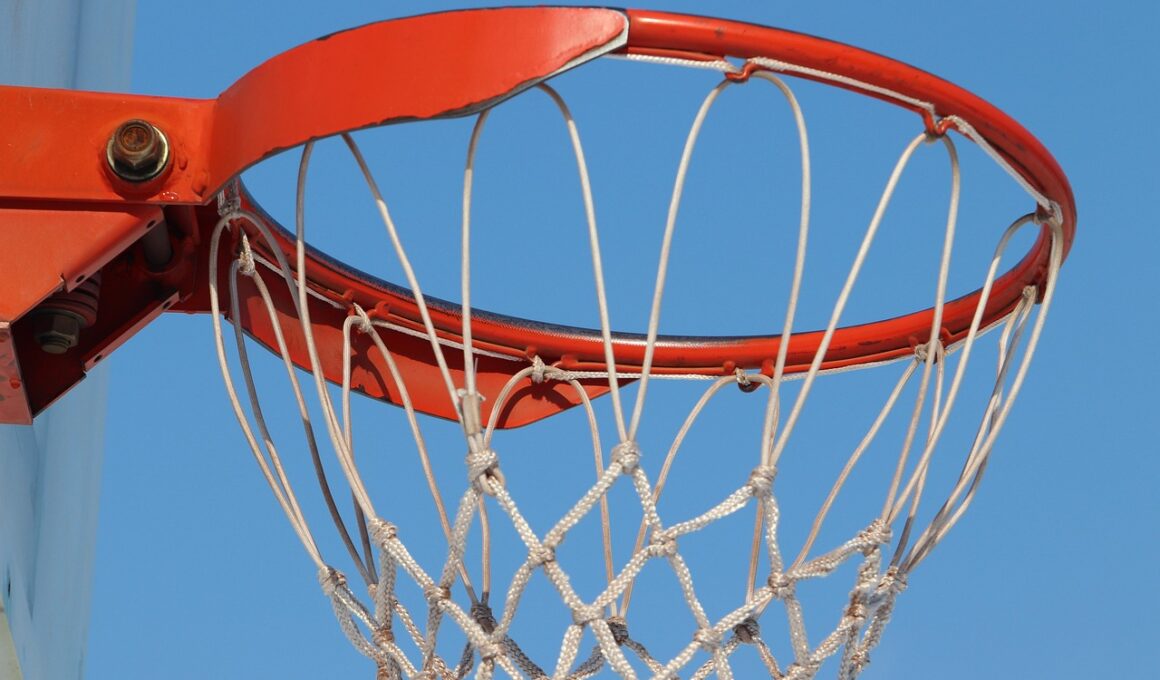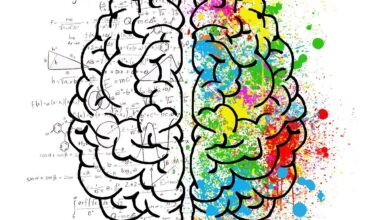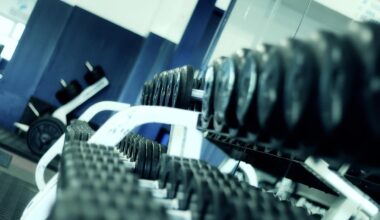Ball Handling Skills: Drills to Dominate the Court
Basketball requires exceptional ball handling skills for success, and mastering these skills can significantly enhance your gameplay. Agility, coordination, and control are essential components when learning how to dribble effectively. Start by practicing basic ball handling techniques, such as stationary dribbling, where you can focus on maintaining control over the ball. Ensure you use both hands during dribbling to develop ambidexterity, which will allow you to maneuver better during games. Implement drills like fingertip contact and crossovers to build your foundation. Additionally, employing cone drills can enhance your ability to navigate and change direction quickly, simulating real-game scenarios. Incorporating fake moves and hesitation dribbles can give you a competitive edge against opponents. Establish a consistent practice routine that includes these basic techniques, and monitor your progress with regular assessments. Documenting your improvement will motivate you to stay committed to this critical aspect of your basketball development. Consistent, deliberate practice will lead to mastering ball handling skills essential for effective gameplay and competitiveness. Remember, practice is key, and focus on quality over quantity to yield the best results in your training.
Essential Drills for Ball Control
Focusing on essential drills can elevate your ball handling skills and overall performance on the court significantly. One effective drill is the “Figure Eight” exercise, where you dribble the basketball in a figure-eight pattern around your legs. This drill enhances your hand-eye coordination and helps you become more comfortable with the ball. Another beneficial drill is the “Two-Ball Dribble,” where you simultaneously dribble two basketballs to improve your coordination. This drill forces you to engage both hands equally, promoting ambidexterity. Additionally, the “Crossover Drill” allows you to practice quickly changing direction while dribbling. By executing crossovers at varying speeds, you’ll develop the ability to stay balanced and effective on the drive. Other relevant drills include the “Wrist Flick Drill,” which improves your ball control and shooting touch. Also, include routine practice of the “Triple Threat Position” to enable effective passing or shooting after receiving the ball. Incorporating these drills into your routine can provide a solid foundation for developing ball handling skills. Consistently practice these drills improves both your confidence and agility on the court.
Another significant component of ball handling skills is learning advanced moves. Transforming your game involves mastering techniques like the behind-the-back dribble or the spin move. These moves can create space between you and defenders, allowing easier scoring opportunities. Start slowly to ensure you have the fundamental movements down, then gradually increase your speed and fluidity. Remember, timing and execution are vital when attempting these advanced moves. Practice your footwork alongside these dribbles to ensure you’re balanced and ready for any situation. When utilized correctly, advanced moves not only impress but can also discombobulate even the most skilled opponents. Incorporating a mirror during practice can help you visualize your techniques and make necessary adjustments. To further enhance your development, consider participating in drills with a partner, allowing you to practice reading defensive movements. A partner can also challenge you, simulating real-game conditions. Watching professional players and analyzing their ball handling moves can provide additional insights into effective techniques. By incorporating these advanced techniques into your training, you can elevate your gameplay while fostering creativity and versatility.
The Role of Footwork in Dribbling
Footwork plays an essential role in effective dribbling and ball control. Developing precise footwork will help improve your overall stability and agility while handling the ball. Begin by practicing the “Triple Threat Position,” which involves balancing your feet in a way that allows quick transitions between dribbling, passing, and shooting. To enhance your footwork, consider performing ladder drills that focus on agility and quickness. Incorporate jump stops and pivots to build your defensive movements, allowing you to react better to the game scenario. Consistency in these practices will help ensure you remain balanced while executing various dribbling moves. Additionally, familiarize yourself with the concepts of pivoting and shot preparation. Focus on simultaneously moving your feet while maintaining control of the basketball to enhance your dribbling ability. Invest time in agility shooting drills that emphasize feet positioning and dribbling to help you keep your shot consistent. Enhancing your footwork correlates directly with your ball handling skills, leading to more effective scoring opportunities and better defensive responses during games. Preparing your feet properly can make a noticeable difference in your overall performance on the court.
Ball handling skills are not only about dribbling and technique but also about mental awareness. Developing court vision is crucial for making effective decisions while navigating through defenders. Practice scenario drills that focus on rapid decision-making, emphasizing when to shoot or pass. By simulating challenging game situations, you can enhance your cognitive development on the court. Observing games can significantly help in learning how to read defensive movements, positioning, and timing. Consider analyzing your own gameplay through video recordings, identifying areas of improvement. Mental engagement in training translates to enhanced performance during actual games, developing your instincts and game sense. Try visualization techniques as a mental practice approach, picturing yourself executing drills successfully. This mental rehearsal effectively primes your mind for performance, enabling you to perform better under pressure. Developing strong communication skills can also enhance your ball handling abilities, as teamwork plays a vital role during games. Establishing a connection with teammates allows for more effective on-court collaboration. Cultivating your mental awareness complements your physical skills, contributing to a more comprehensive understanding of the game, ultimately elevating your performance significantly.
Tracking Your Progress
Tracking your progress while developing ball handling skills is crucial for identifying strengths and weaknesses. Set measurable goals, such as improving dribble speed or mastering specific moves within a particular timeframe. Utilize spreadsheets or journals to document your practice sessions, including techniques incorporated and time spent on each. Visualizing your growth can motivate you to remain committed. Regular assessments provide clarity on your advancement and help tweak your training program as necessary. Also, consider recording videos of your practice sessions; reviewing your gameplay can highlight areas needing improvement. This reflective practice enables you to sharpen your skills actively. Engage in friendly competitions with teammates or friends to test your skills under pressure, motivating you to perform better. Establishing a tracking system instills discipline and accountability in your training regimen. Regularly reviewing your goals allows for adjustments to ensure continual growth and improvement. Make sure you celebrate milestones, no matter how small; reward yourself for dedication during drills. By continuously evaluating your skill development, you lay the foundational framework for becoming a proficient basketball player over time. Maintaining a clear progression plan will ultimately drive your success.
Ultimately, the key to excelling in ball handling is consistency. Developing a robust practice routine that includes a variety of drills, mental training, and self-evaluation will yield significant results. Don’t forget to incorporate a warm-up and cool-down regimen to prevent injuries during drills. Proper nutrition and conditioning are vital, contributing to your overall athletic performance, directly impacting ball handling skills. Incorporating feedback from experienced players and coaches can elevate your training, providing valuable insights into areas you may overlook. Networking within your community can also lead to opportunities for collaborative training sessions, enhancing skill sharing. Stay informed about basketball trends and techniques through continuous learning, allowing you to adapt your training effectively. Moreover, prioritize drills that challenge you beyond your comfort zone as they will accelerate your improvement. Adjust your practice sessions based on your evolving skill level, ensuring they remain engaging and beneficial. Remember that patience and resilience will lead to mastery over time. Your dedication will not only improve your skills but also inspire others within the basketball community. Achieving excellence in ball handling requires commitment to the craft and a willingness to grow continually.


